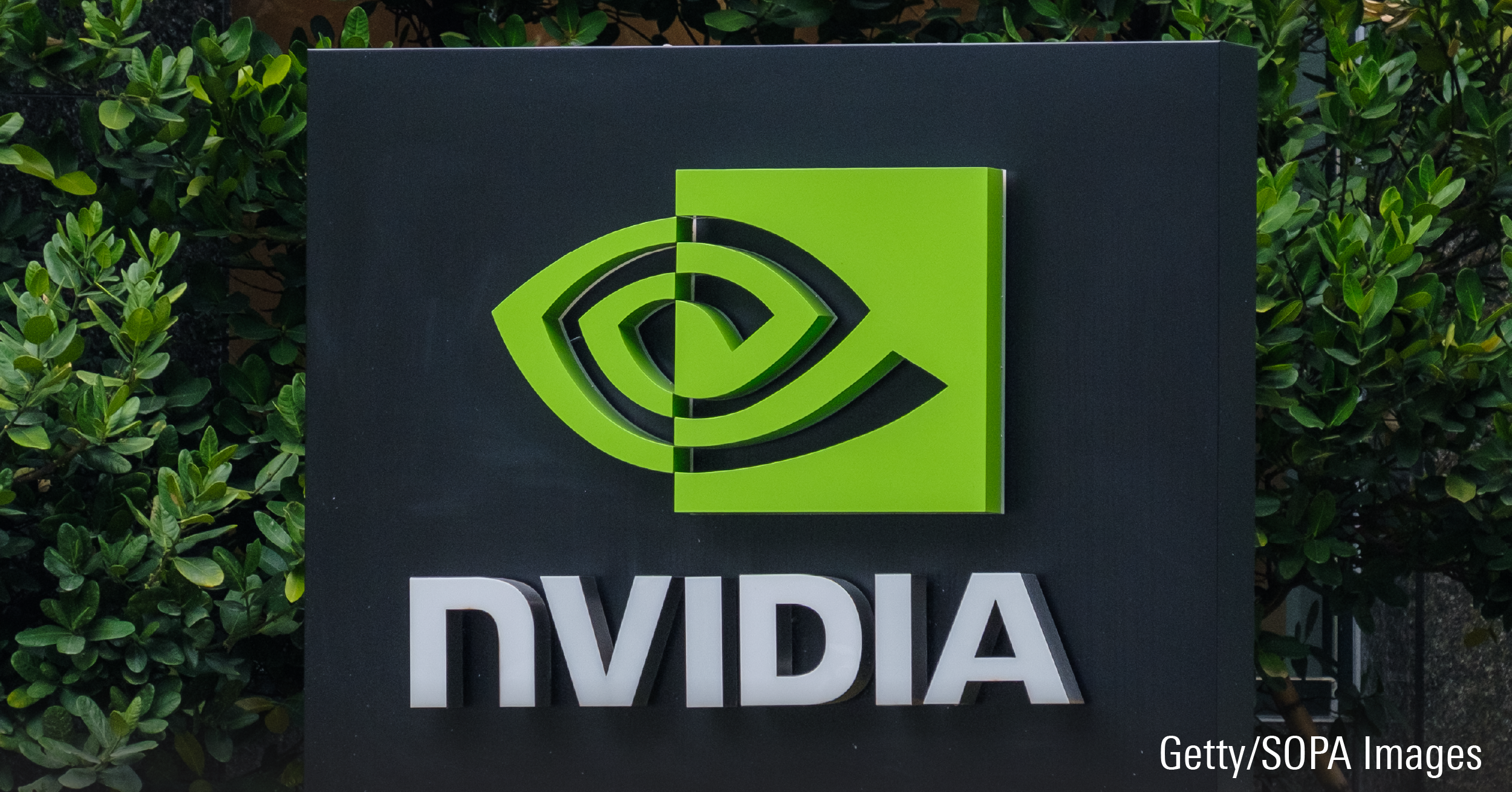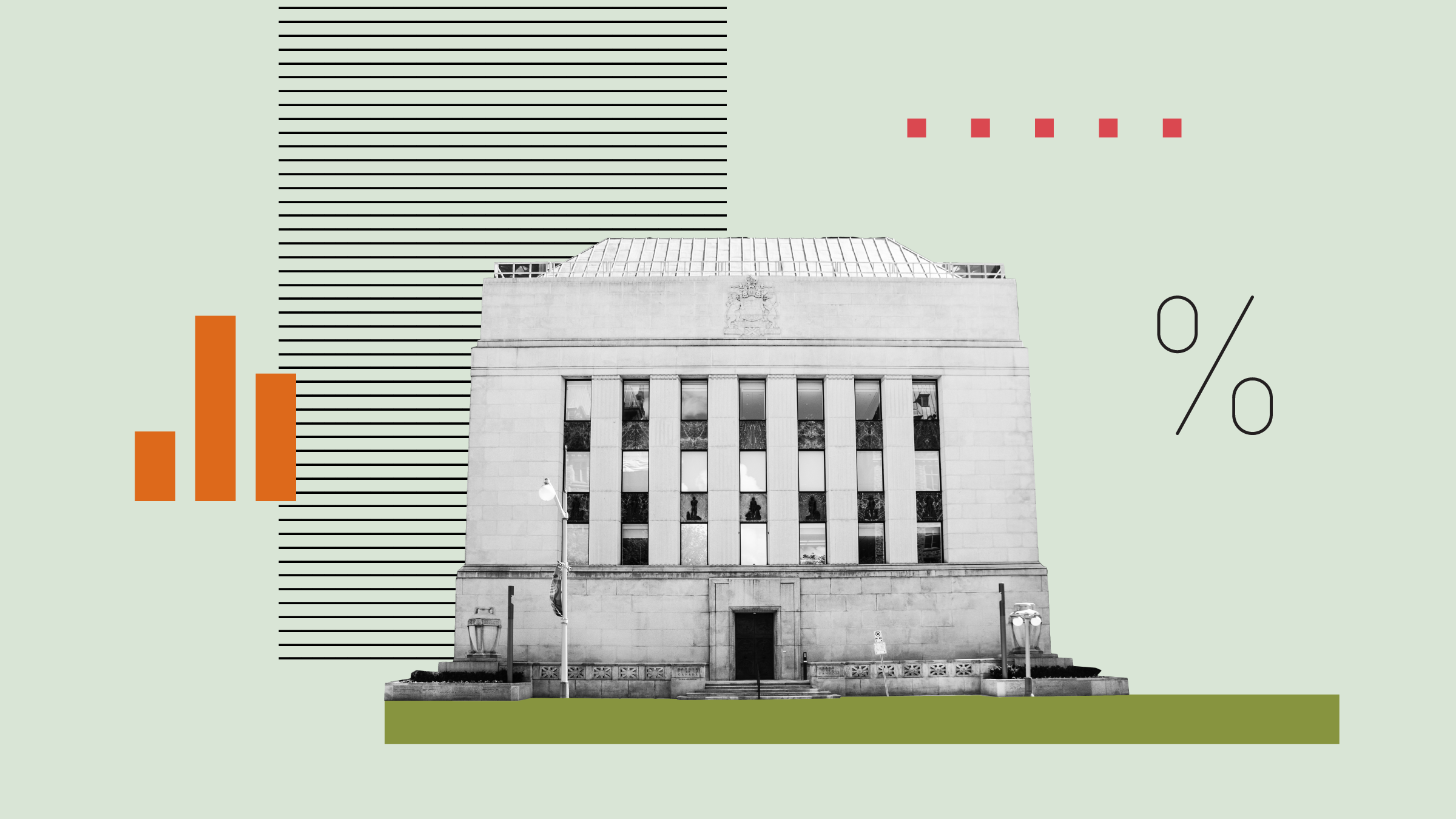Ashley Redmond: I'm Ashley Redmond for Morningstar.ca. And it's Global Diversification Week here at Morningstar Canada. I'm joined by Paul Musson, lead manager of the $3.5 billion Mackenzie Ivy Foreign Equity Fund. And Morningstar's 2011 Foreign Equity Fund Manager of the Year.
Paul, thanks so much for joining me.
Paul Musson: Thank you.
Redmond: As I just mentioned it's Global Diversification Week here at Morningstar Canada. And looking at Mackenzie Ivy Foreign Equity, you have about 3.1% of your portfolio weight in Canadian equities, which makes sense because it’s a foreign equity fund. But overall looking at the funds that you manage and co-manage at Mackenzie, it seems like you really don’t have a home bias. Is it part of your strategy to have exposure to foreign stocks?
Musson: Yes and no. It is a global fund obviously. We try not to have any bias anywhere, in anything that we do; we try to be as objective as we possibly can be. Because only by being objective can we make the best capital allocation decision with our client's capital. And that’s not being optimistic or pessimistic, not bullish or bearish, but realistic. But the trouble is when you are realistic and everyone around you is optimistic on a relative basis you come across as being pessimistic.
In terms of Canada at 3% right now— it's purely bottom-up and it's a global opportunity set. We look for high quality world class businesses that are reasonably priced. And right now 3% Canada is telling us where we should be [according to] our valuation models. One day it may be higher, one day it may be zero, but it will never be significantly higher.
Redmond: At Mackenzie you run concentrated portfolios of 20 to 30 companies. So, how do you ensure proper diversification?
Musson: One of the benefits of having a very concentrated portfolio is that you pretty much know what you have at all times and you know where your exposures are. Because it is a pure bottom up we look at diversification more from a business risk perspective than a sector perspective.
What I mean by that is, we are usually overweight consumer staples, consumer discretionary, but we are not concerned about that. We are not concerned about that risk from a ten-year perspective. For instance, if we have yogurt through Danone in France and we have toothpaste from Colgate in New York—they are both consumer staples, but we are not concerned about that overlap.
We have Sonova, which is a hearing aid manufacturer in Switzerland. We would not want to put another hearing aid manufacturer in there, because that is specific business risk from a ten-year perspective, because if someone comes up with a cure for hearing loss than both those companies are in big trouble. So that’s the way we look at diversification.
Redmond: So, that relates to my next question, because I want to know what’s your approach to sector allocation?
Musson: Again, it’s purely bottom-up and more from a business risk perspective. Then we can just let our valuation models take us where we should be going. So, sometimes we are going to be overweight defensive type names, things like consumer staples and healthcare. Other times we are going to be overweight in more economically sensitive names like financials and industrials.
We were 70% economically sensitive names back in 2000 going into the bear market, yet we outperformed. The fund was more or less flat through that bear market despite being 70% economically sensitive, because that’s where the valuations told us to go.
Before the financial crisis we were up to 70% defensive names, and again outperformed during that crisis, but our economically sensitive names outperformed the defensive names because they were very cheap. Today we are back down to about 60% economically sensitive, 40% defensive. We try not to have a pre-conceived notion as to where we should be based on what we think the world is going to do. It's where valuations are telling us we should be.
Redmond: Okay. And one thing we are talking a lot about this week is currency hedging. To hedge or not to hedge, so what's your take on currency hedging?
Musson: The way we dealt with it is having one of each. We have a fund that’s non-hedged which is the main fund, but we also have a hedged version. We leave it up to the advisor to decide what they are comfortable with. The one thing we do say is that being unhedged—there is a risk there. There is global diversification in currency exposure, so you are somewhat protected that way and it adds diversification if you have Canadian assets.
However, if the Canadian dollar appreciates significantly over the next five to 10 years you are going to be hurt by not being hedged. Or if there are any structural reasons why the Canadian dollar should appreciate significantly versus other currencies around the world you can always make a case for and against. But it doesn’t mean it won't happen.
So if you have a five year or less time horizon then you might want to consider the hedged version, so that you are not offside on that currency exposure. If you are longer than five [years], I am not sure I would worry about it too much. But it doesn’t mean it won't hurt you.
Redmond: And my last question for you. I was taking a look at Mackenzie Ivy Foreign Equity and it looks you are holding a lot of cash right now, so why is that?
Musson: Again it's because of our valuation models. The way we do it for all of our businesses is we have our proprietary valuation models and we have an expected return for each of our holdings over the next 10 years. And the higher the expected return, the higher the weight that stock will be in the portfolio. If the stock is going up faster than the business, so the expected returns is coming down we keep reducing the weight and once it’s lower than a 6% expected return over 10 years it leaves the portfolio because there is not enough margin of safety in the evaluation.
And where we are today—[we think] high quality stocks around the world have gotten quite pricey. And thus the cash weighting has gone up because a lot of our names have reduced in size, because they got more expensive or left the portfolio and it is hard to find other names out there that are cheap enough to put in. So, our expected return on our portfolio is between 8% and 9% per annum over the next 10 years which is okay, but is not great and that’s why we have cash weighting today.
Redmond: Great thanks so much, Paul.
Musson: You’re welcome.
Redmond: For more on diversification week check back at Morningstar.ca.






















